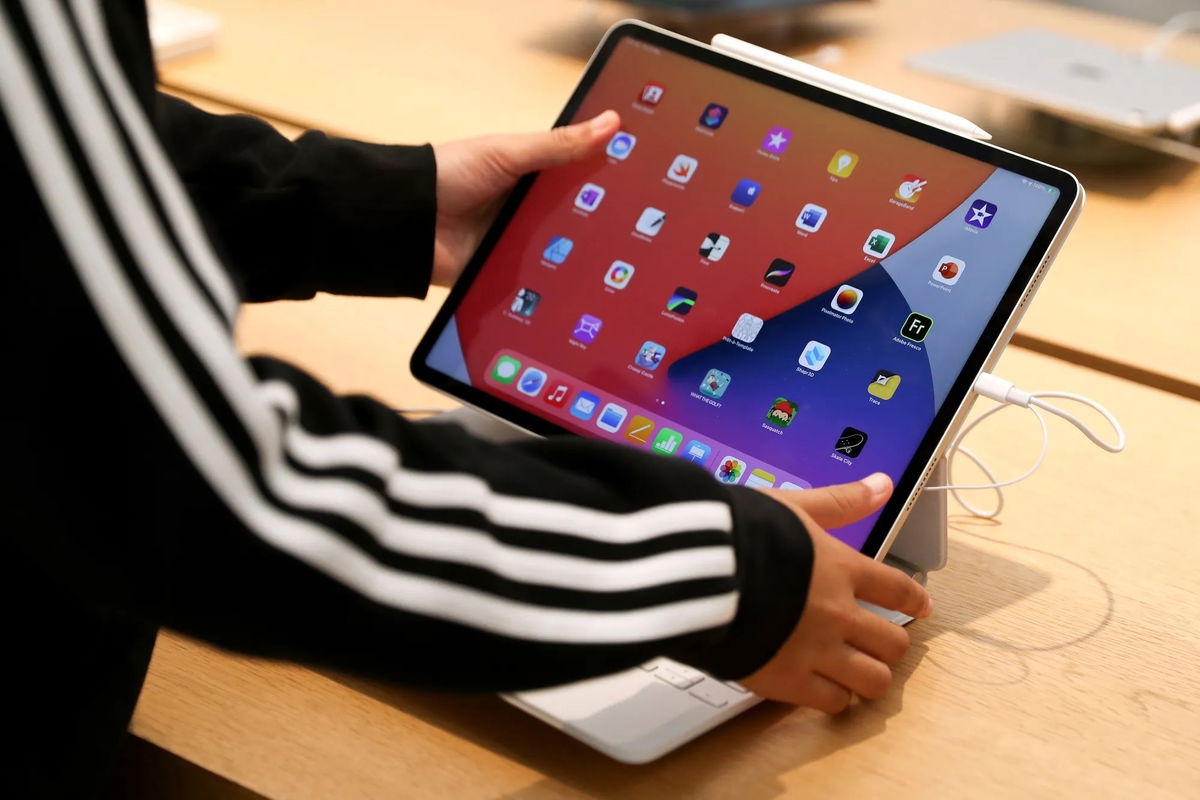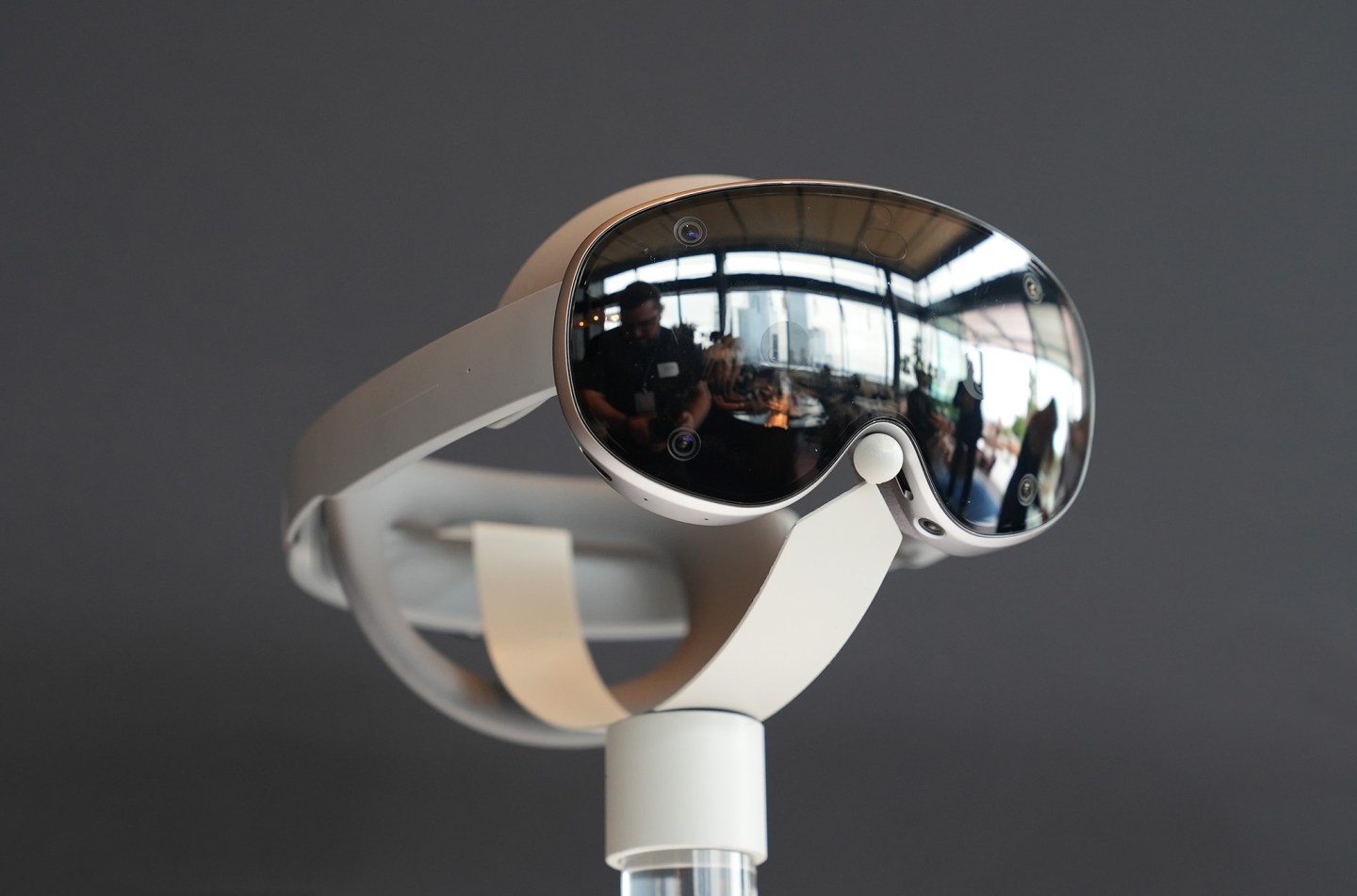creation International Fact-Checking DayApril 2 is another international initiative that reminds us of the importance of referring to reliable sources that value ethics in journalism.
Dealing with fake news is not easy, but there are several tools that can help you check the facts and combat the damage fake news causes in the online and offline world.
Learn how to tell if information is true or false using free resources on the Internet. Check out!
1) “About This Result” in Google SERP
Our first tip for fact checking is not a tool but a resource available on the Google SERP. What is SERP? It is the results page of a search engine.
For example, if we search for “tech news” on Google, the search engine will show several links to websites, videos, and images, right? All these results will appear with the three-dot icon next to the “About this result” shortcut next to the title.
When you click on this feature, Google notifies you of important data you need to know before trusting the content of that link.for example: domain origin, website registration age and security certificate.
2) Phishing
The oldest information verification site in Brazil is E-Farsas, created by systems analyst Gilmar Lopes. In 2011 the site became Portal R7 and in 2016 journalist Riomar Bruno came to contribute to E-Farsas’ mission to unravel the mystery of stories on the internet.
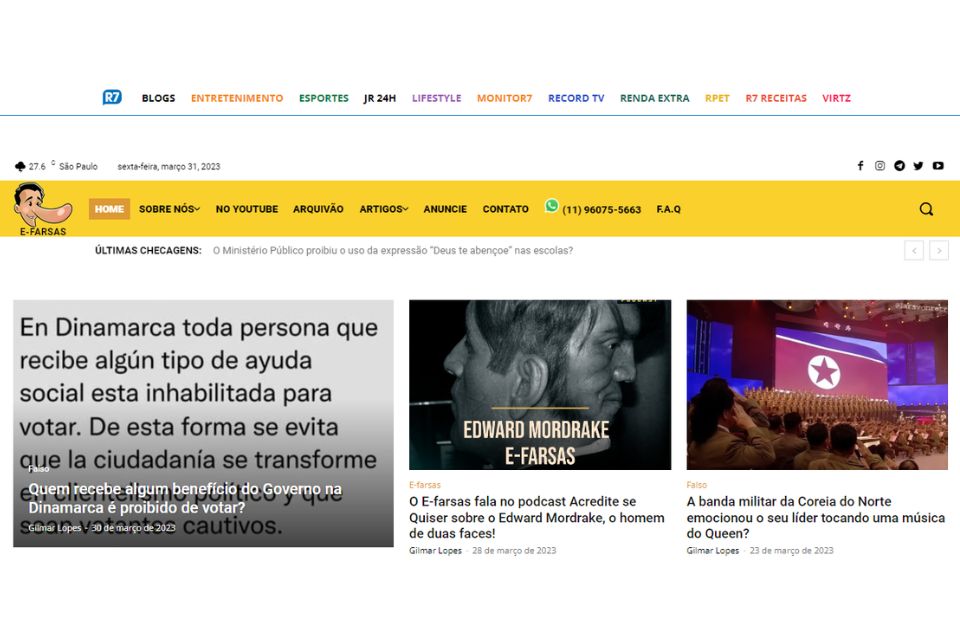
To propose to study a particular topic, you can send your request through the site itself, in the “Contact” tab.
3) Rumors.org
Since 2013, Boatos.org has debunked rumors about rare diseases, public death news, coup attempts, or other fake news.
Journalists responsible for the site are Edgard Matsuki, Carol Lira, Kyene Becker and Raiane Gonoli. To suggest news for Boatos.org’s confirmation work, send your message via the website, Facebook or WhatsApp, phone number (61) 99275-5610.
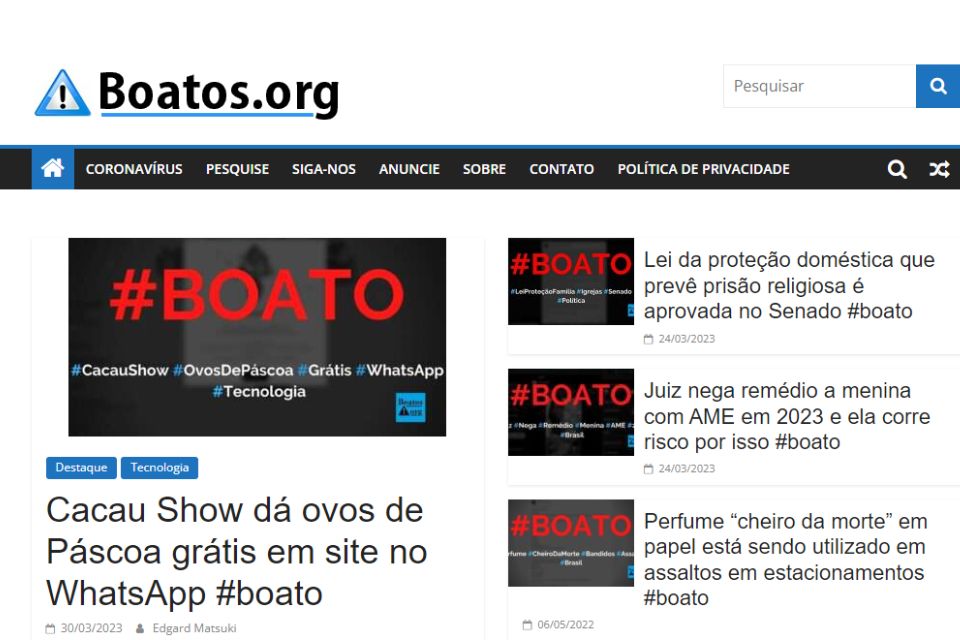
4) Real or Fake
Fato ou Fake is a Grupo Globo service that has been active since July 2018 to check the accuracy of news and politicians’ statements, and to inform the reader if it is fake news.
The investigation of fake news is led by a team of journalists from various media, including Época, Extra, G1, CBN, Época, Extra, TV Globo, GloboNews, Jornal O Globo and Valor Econômico.
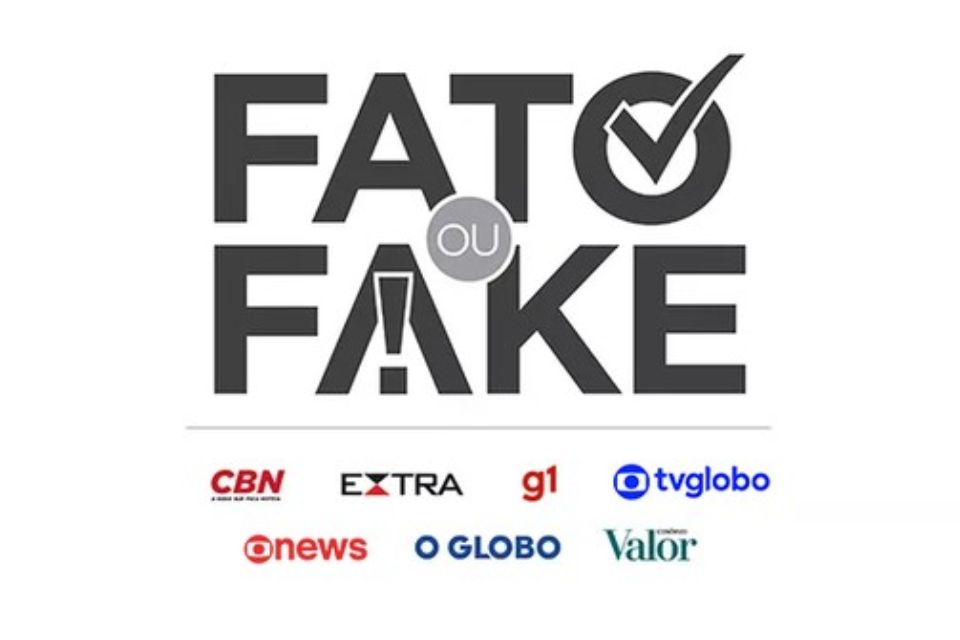
You can send suggestions to Fact or Fake via WhatsApp to check for correct content. The contact number is +55 (21) 97305-9827.
5) Fake Check
The FakeCheck website is a project by researchers from the University of São Paulo (USP) and the Federal University of São Carlos (UFSCar), with funding from CNPq and CAPES’ Institutional Program for Scientific Initiation Fellowships (PIBIC).
fake news detector succeeds Analyze a text of at least 100 words Through Natural Language Processing (NLP) and Machine Learning (ML). The process defines typing features to classify the news as true or false.

According to the website itself, FakeCheck has an accuracy rate of 89%. Therefore, it is stated that it will not be used as the sole verification source, but as a support system for the user.
6) Location News
The Ground News website goes beyond verifying the accuracy of a fact. The platform’s goal is to help the reader “understand media bias, verify source credibility, and view data owned by news outlets around the world.”
According to the website, 60,000 news articles from over 50,000 different news sources are analyzed daily.

As a result, stories are published from multiple perspectives on the same event. Another difference of this tool: It has an app for Android and iOS.
7) Replicator
How many times have we been fooled by the latest news that uses an old image to convey false information? Duplicacher may be the best solution to discover the true source of an image.
website a reverse image finder. To use it, you can search for an image from your device, paste a URL or even type the keyword corresponding to what you want to check.
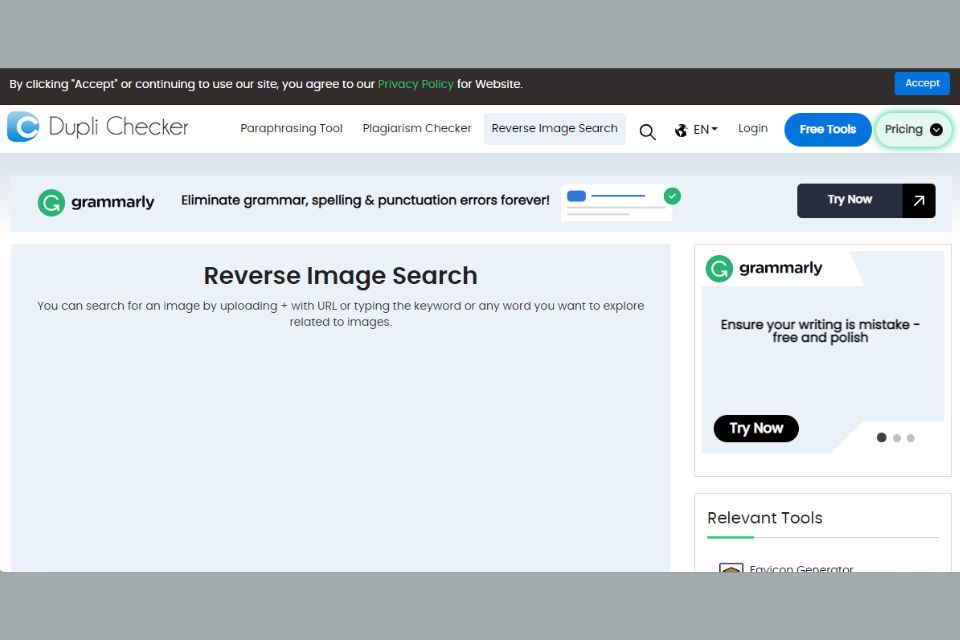
It is very important to take advantage of these status checking tools before posting a message, video or image. If you noticed this:
- the headline is sensational (scary);
- The official channels of the cited sources did not publish anything on the subject;
- news portals with high circulation also did not broadcast on the subject;
Your distrust is correct and you were able to spot another rumor on the internet! Preventing the spread of false content is an act of citizenship protects you and everyone around you.
Source: Tec Mundo
I am a passionate and hardworking journalist with an eye for detail. I specialize in the field of news reporting, and have been writing for Gadget Onus, a renowned online news site, since 2019. As the author of their Hot News section, I’m proud to be at the forefront of today’s headlines and current affairs.

